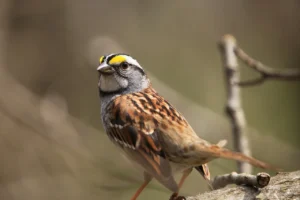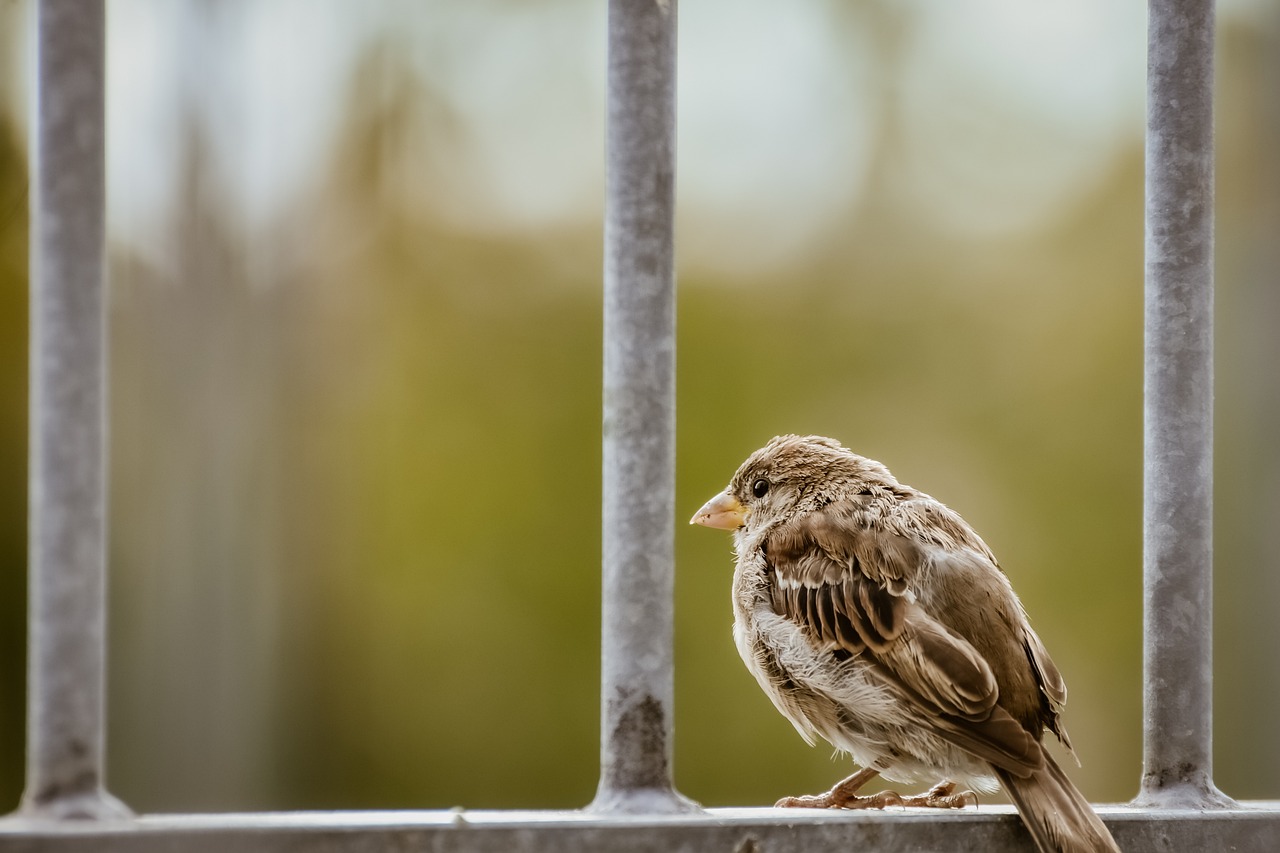The soft twittering of sparrows, which used to provide a sweet melody to our days, is now disappearing from our memories. The rapid drop of sparrow species around the world serves as a stark reminder of the ecological fallout from urbanisation, architectural change, and altered lifestyles.
Urbanization and Architectural Evolution:
Older towns and city centres have undergone significant transformation as a result of the massive construction activity in the last few decades, drawing them further away from their rural roots. The loss of sparrows’ breeding grounds is partly attributed to modern building, which lacks the crevices and nooks where they historically nested.

Scarcity of Appropriate Food
According to expert evaluations, one of the main causes of the sparrow population decline is a severe scarcity of food during the mating seasons. Home gardens that vanish, agricultural areas devoid of insects as an outcome of chemical pesticides, and changes in land use are all factors in depriving sparrows of the vital nutrients required for reproduction and survival.

Electromagnetic Radiation Affecting Sparrows
Research indicates that Wi-Fi signals and cellular tower electromagnetic radiation may interfere with sparrows’ ability to navigate and may disturb their nesting habits, which could lead to a population decrease.
In conclusion, the fall in sparrow populations is a concerning sign of larger environmental issues that we are facing. Reversing the decline in sparrow populations requires conservation initiatives that include establishing habitats that are beneficial to them, cutting back on pesticide usage and other important factors.
You can also join our Facebook Community
You can also read about Bharat Ratna
You can also check out our YouTube channel
